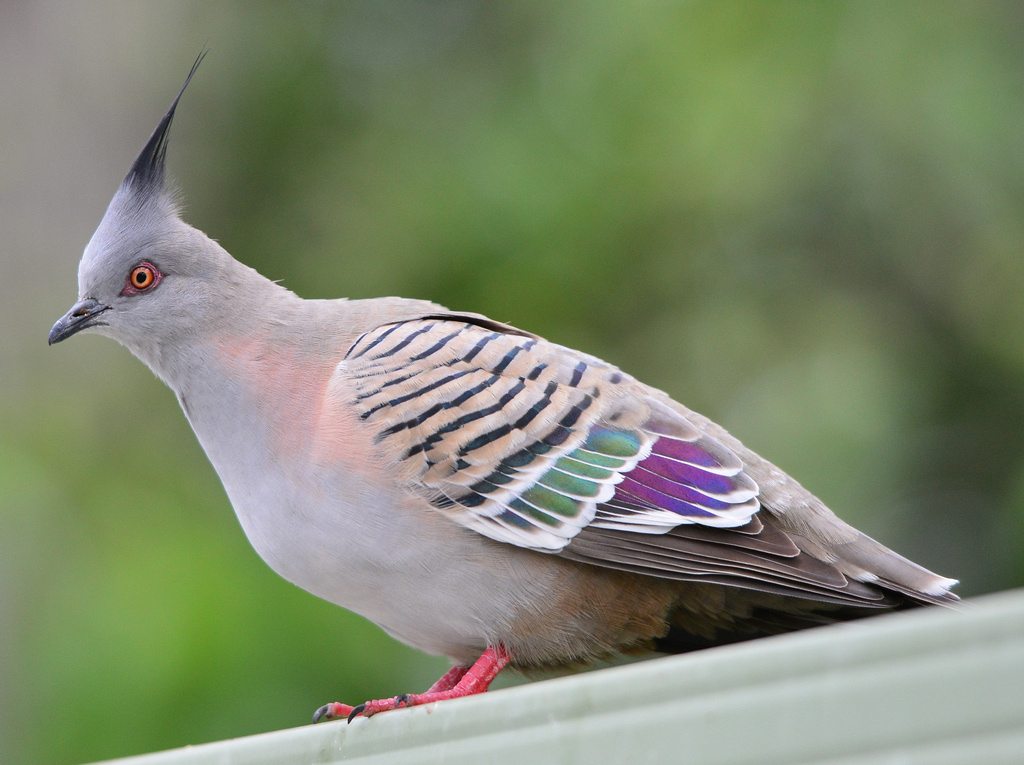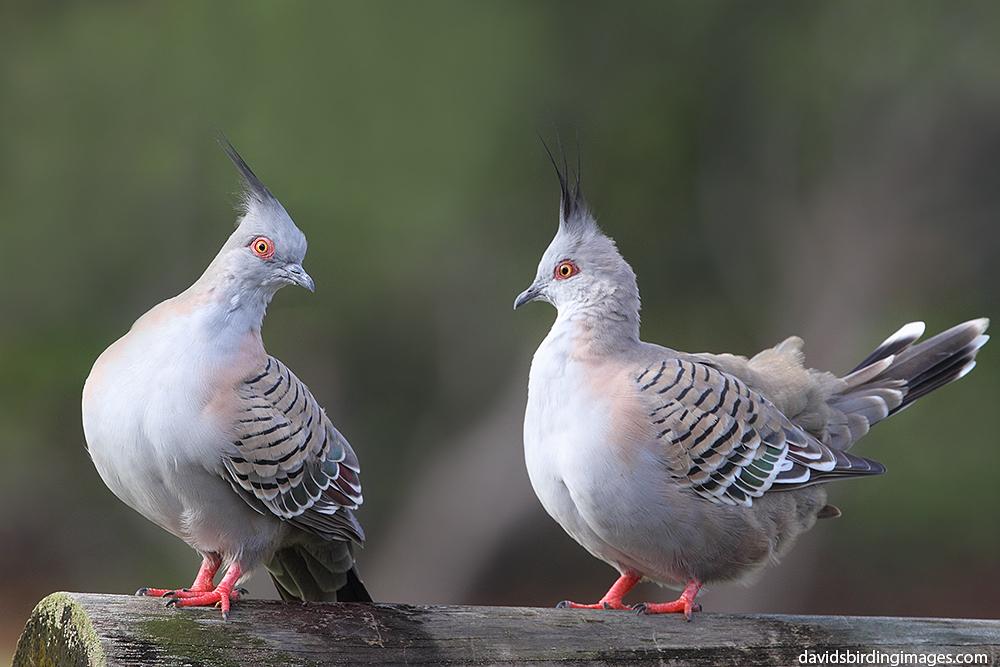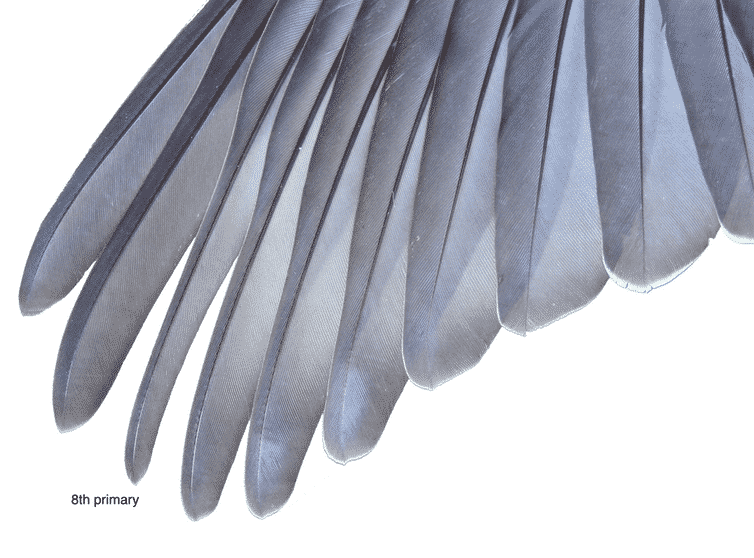Crested Pigeons Use Whistling Feathers for Danger Tip-off
Most city dwellers would agree that pigeons are sentient garbage. They eat pizza off the ground and defecate with abandon, sometimes on pedestrians’ heads. Worst of all, they don’t seem terribly bothered by humans- they’ll just flap their filthy wings in our faces and move on as if nothing happened.

Birds are known for the songs they can sing, but many can also generate unusual noises with their feathers. Darwin called these sounds “instrumental music
” in his 1871 book exploring the role of sex in evolution. For instance, “peacocks and birds of paradise rattle their quills together, and the vibratory movement apparently serves merely to make a noise, for it can hardly add to the beauty of their plumage,” Darwin wrote.And now, approximately 150 years later, scientists have proved him right, and in the process explained why pigeons make such a rocket taking off.
Crested pigeons are found throughout much of mainland Australia in open habitats. They’re known for both the stratospheric spire of feathers atop their heads, and the cyclical, metallic whistling noise -their wings make when flapping—a distinctive enough trait that the birds are also sometimes called “whistle-winged pigeons.”
Although the sound effect makes for quite the dramatic exit, researchers at the Australian National University have now discovered it serves an important purpose.
The team set out to systematically test this “wing whistle alarm” idea, in the processing, capturing high-resolution, high-speed video of birds in flight, and then conducted feather-removal experiments to test how one pigeon’s modified feathers affected the flock.
“Lots of animals produce sounds when they move. And for a long time, people just considered all non-vocals as cues from movement and not as ‘evolved signals,’” said Trevor Murray, a behavioral ecologist at the Australian National University and coauthor of the new study in Current Biology that details the mechanics of the’ alarm calls. “New technologies allowed us to explore how non-vocal sounds became crucial for survival.”
The key finding is that a pair of unusual primary flight feathers, half the width of the others, produce a high-pitched sound as the wing pushes down through the air. This sound is a critical part of the alarm signal that warns the flock.
They found that the noise oscillated between a high note in the wing’s downstroke and a low note during the upstroke.
In crested pigeons, the eighth primary flight feather out from the shoulder is suspiciously narrow, roughly half the width of the feathers on either side of it. To see if this funky “P8” feather was the source of the whistling, the team ran feather removal experiments, seeing how the whistling was impacted by removing the P8 and adjacent feathers.
Birds without their weird little P8 feathers made whistles that had completely different high notes, suggesting that the modified feather, perhaps in combination with the feathers surrounding it, was the noisy culprit.
Finally, the researchers tested if other pigeons actually respond to the alarm. They employed a playback experiment, exposing crested pigeons to recordings of escape flights made by pigeons with their P8 feathers intact or removed.
The crested pigeons were much more likely to initiate their own frantic escape flight if the playback was from a pigeon that still had their P8 feathers. When pigeons heard the whistling of a P8-less pigeon, they mostly just sat there. This was the final piece of the puzzle, solidifying the importance of that narrow P8 feather in communicating danger, and showing that the other birds react to the alarm signal.
“Since this alarm signal is produced only when the bird flees — the wing sound when fleeing is louder and has a faster tempo — it is actually innately reliable,” Murray said. “They can’t help but warn their neighbors when they are trying to escape.”
These findings are “a first of a kind in many ways, and gives me a sense of pride in these cool little birds, with their quiet voices and loud wings,” Murray said.


































